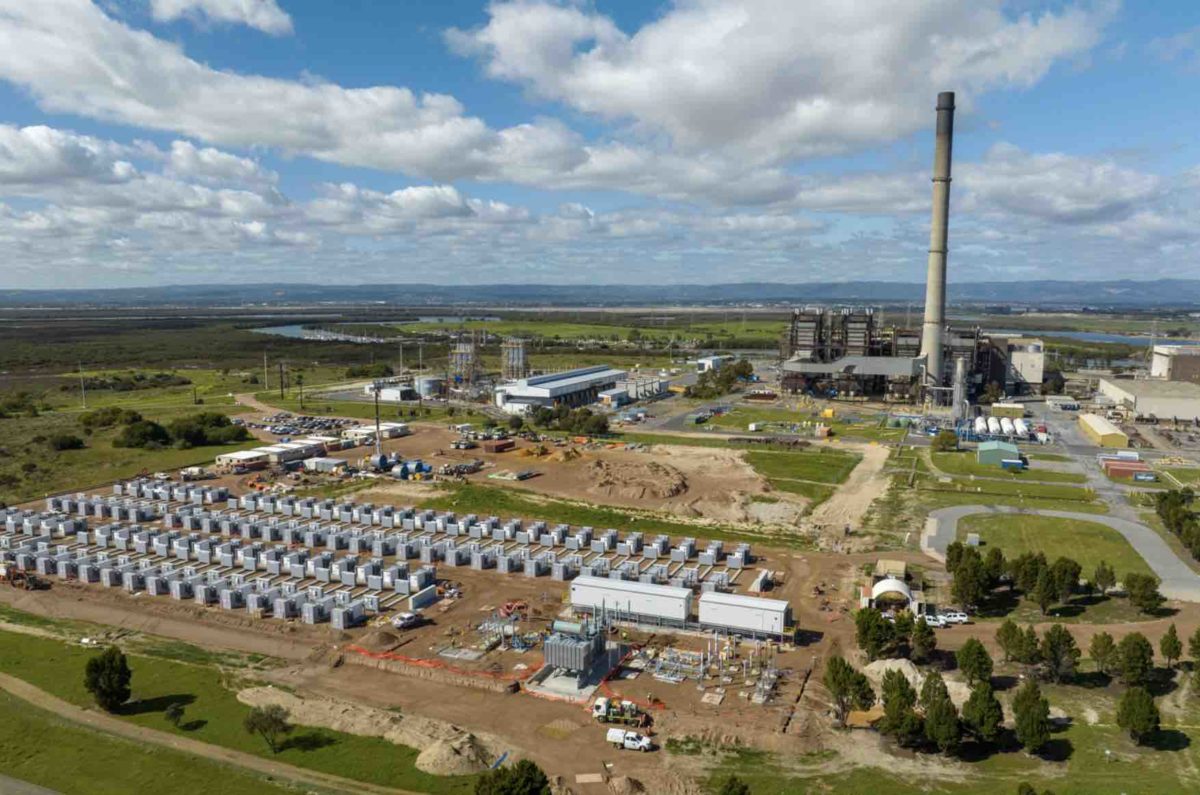Australian households and business face a further electricity price hike come July, with the energy regulator confirming that the fallout from high global coal and gas prices is continuing to drive up the cost of power on Australia’s clunky fossil fuel dominated grid.
In its final determination for the 2023–24 Default Market Offer (DMO) the Australian Energy Regulator (AER) has forecast price increases for households of between 19.6% and 24.9% depending on the region and the type of load. Small business customers are facing increases of 14.7% to 28.9%.
The DMO is the electricity price safety net that applies to households and small businesses on standard retail plans, in South Australia, New South Wales and south-east Queensland.
In Victoria, the Essential Services Commission released the pricing update for that state’s version of the DMO – the Victorian Default Offer – flagging an annual increase of 25 per cent, or is $352 for residential customers, and $752 for small business customers.
In Victoria, where it’s estimated that around 15 per cent of households are currently on the default offer, the ESC says the final determination for 2023-24 is not as big a price hike as expected – $74 lower for residential customers and $126 lower for small business customers than prices put forward in the draft decision.
For the other NEM states, the DMO for the coming financial year is in line with the around 20 per cent jump that the regulator indicated in its draft, although AER chair Clare Savage indicated on Thursday morning that she had feared a much bigger power price hike.
“It’s much lower than where we were fearing it could have been last September, October,” Savage said. “But still obviously significant price rise for customers and difficult news at a time of cost of living pressure.”
Federal energy minister Chris Bowen says households and businesses have Labor’s coal and gas energy price caps to thank for this small mercy.
“Now of course these are big increases,” Bowen told a press conference following the DMO announcement.
“But also …without the intervention of the Albanese government they would have been much bigger. Indeed, the regulator Clare Savage this morning said that she was fearing increases of 50 per cent.
“That’s why the government acted in December to cap coal and gas prices and why we worked with states and territories to deliver up to $3 billion in direct relief for the most vulnerable households and small businesses,” Bowen added in a statement.
Bowen says that will the recently announced energy bill rebates and the perhaps lower than anticipated DMO increase, some households might expect their annual energy costs to decrease in 2023-24.
“So for example, in New South Wales we see after our intervention an increase of 21 percent, but if you receive a rebate, an 8 percent fall in your electricity bills, if you receive one of those rebates,” he said.
“In the longer term, we are getting more renewables in the grid through Rewiring the Nation and the Capacity Investment Scheme because the cheapest form of energy is firmed renewable energy – and this will take pressure off bills and help shield Australians from volatile international energy prices,” Bowen said.
For those paying the bills, the message from the AER is to bypass the DMO altogether by shopping around for a better retail energy deal – including via federal comparison website www.energymadeeasy.gov.au – and also by staying informed on with rebates, incentives and concessions.
“Consumers struggling to pay their energy bills should always contact their retailer as soon as possible because, under the national energy laws, retailers must provide assistance,” Savage said.
The message from the solar industry is – if you haven’t already – install PV and get off gas.
“The single most effective thing households can do to avoid massive hikes in the cost of electricity, is install rooftop solar and tap Australia’s most reliable resource: abundant sunshine,” says Chris Williams, the founding CEO of Natural Solar and part of global electrification giant 1komma5°’s Australian operations.
“And to make the most of the solar power produced on your roof, a home battery storage system can allow you to use that energy when you need it most.
Williams also points to the growing amount of state and federal incentives to switch out gas appliances for efficient electric alternatives, including federal Budget’s funds for cheaper finance for home energy upgrades.
On the DMO and market price setting in general, Professor Ariel Liebman – director of the Monash Energy Institute – questions why energy prices are still being determined by regulatory frameworks first designed back in 1997 and 2005.
“What makes this particularly counterintuitive and frustrating is that while wholesale energy prices had come down in recent months, users will end up paying more based on wholesale hedge contracts locked in by retailers often 12 months ago or longer,” Liebman says.
“It should also be noted the DMO is not a price cap but just a reference price to use for the standing offers consumers end up on if they don’t ask for a competitive ‘market offer’ and what discounts can be quoted relative to.
“It is unclear then why there is evidence that some not insignificant number of customers end up paying more than the DMO (or the VDO in Victoria). I think this should be followed up more rigorously by regulators such as the ACCC and the AER.”










